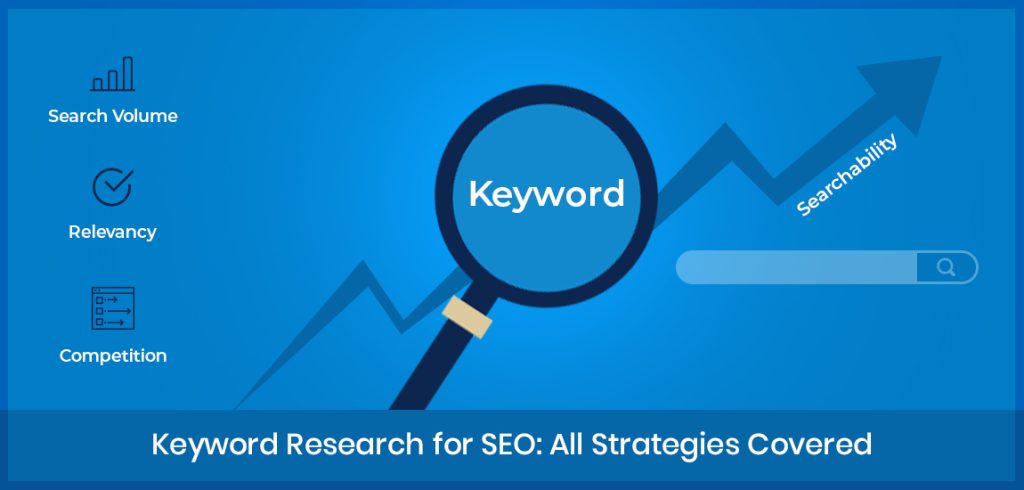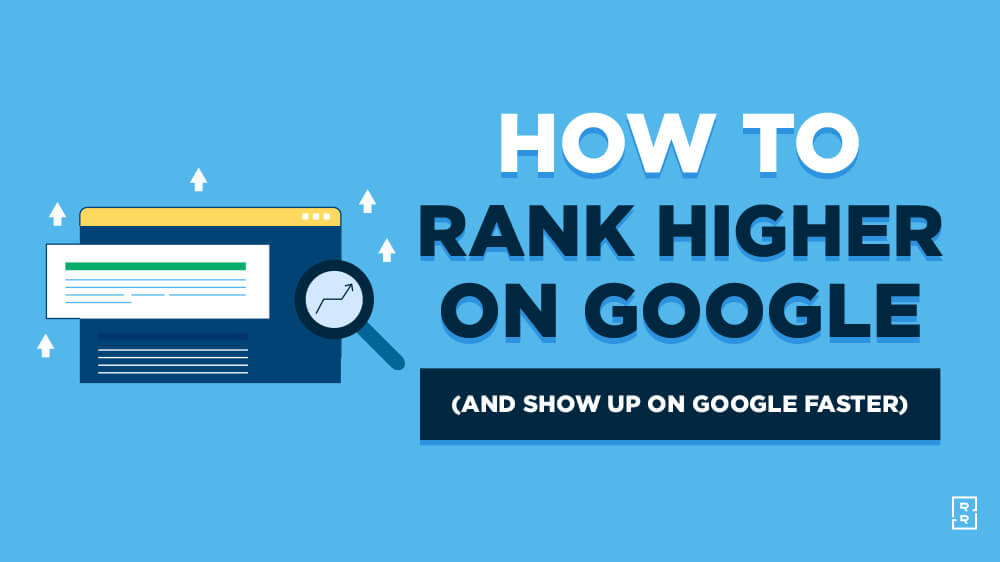Creating a blog post that not only engages your audience but also ranks well on Google requires a combination of quality content, strategic SEO, and user-focused design. While writing may seem like a straightforward task, ranking on Google involves understanding what both search engines and readers want. Here’s a step-by-step guide to help you craft blog posts that can achieve higher search engine rankings.
1. Start with Keyword Research

Before writing a single word, you need to identify the keywords that your target audience is searching for. Keyword research helps you understand the language your potential readers use and the topics they care about.
Tools like Google Keyword Planner, Ahrefs, and Ubersuggest allow you to find relevant keywords with good search volume and manageable competition. Aim for a mix of primary keywords (main focus of your article) and long-tail keywords (more specific phrases) to capture different types of search intent.
For example, if your blog is about fitness, a primary keyword might be “workout routines for beginners”, while long-tail keywords could include “30-minute beginner workout at home” or “best exercises for beginners without equipment”.
2. Understand Search Intent
Google prioritizes content that fulfills the searcher’s intent. There are generally three types of search intent:
- Informational: Users want to learn something (“how to start a blog”).
- Navigational: Users want to find a specific website or page (“Facebook login”).
- Transactional: Users want to make a purchase or complete an action (“buy wireless headphones online”).
Your blog post should align with the user’s intent. For informational posts, focus on detailed, actionable guides. For transactional posts, include product reviews or comparisons.
3. Craft a Compelling Title and Meta Description

Your title is the first thing both Google and readers notice. Include your primary keyword naturally and make it engaging. For example, “10 Easy Workout Routines for Beginners That Actually Work” is more appealing than “Workout Routines for Beginners”.
The meta description is the short snippet that appears under your title in search results. Write a concise description (around 150–160 characters) that summarizes the post’s value and encourages clicks. While meta descriptions don’t directly impact ranking, they improve click-through rates (CTR), which Google considers for ranking.
4. Structure Your Content for Readability
Well-structured posts are easier for both readers and search engines to understand. Use:
- Headings (H1, H2, H3): Organize your content logically. Your H1 should be your main title, H2s for main sections, and H3s for sub-points.
- Short paragraphs: 2–4 sentences per paragraph keeps content digestible.
- Bullet points and lists: Make key information easy to scan.
- Images and infographics: Visuals improve engagement and time spent on the page.
A readable blog post not only keeps readers engaged but also signals to Google that your content is valuable.
5. Optimize On-Page SEO
On-page SEO ensures that search engines understand your content. Key practices include:
- Keyword placement: Include your primary keyword in the title, headings, URL, and naturally throughout the post. Avoid keyword stuffing.
- Internal linking: Link to other relevant posts on your blog to boost site structure and reduce bounce rate.
- External linking: Cite authoritative sources to increase credibility.
- Alt text for images: Describe images with keywords where appropriate for SEO and accessibility.
6. Write High-Quality, Comprehensive Content

Google rewards content that thoroughly answers users’ questions. Aim for in-depth posts that cover a topic from multiple angles. Include examples, case studies, step-by-step instructions, and actionable tips.
Quality content keeps readers on your page longer, reduces bounce rates, and encourages sharing — all factors that can boost your Google ranking.
7. Improve Page Speed and Mobile Experience
Even the best content can fail if your website is slow or difficult to navigate on mobile devices. Use tools like Google PageSpeed Insights to test and improve your site speed. Ensure your blog is mobile-friendly since the majority of searches now come from mobile devices.
8. Promote Your Content
Finally, promotion helps your content get noticed and attract backlinks, which are crucial for SEO. Share your posts on social media, email newsletters, and online communities. Engage with other bloggers and websites to build backlinks organically.
Conclusion
Writing blog posts that rank on Google is a combination of strategic planning, high-quality content, and continuous optimization. By conducting thorough keyword research, understanding search intent, optimizing on-page SEO, and promoting your content effectively, you can increase your chances of ranking higher on Google and driving consistent organic traffic.
Remember, SEO is not an overnight process — persistence and regular updates are key to long-term success. Start implementing these strategies today, and watch your blog grow in visibility and authority.


More Stories